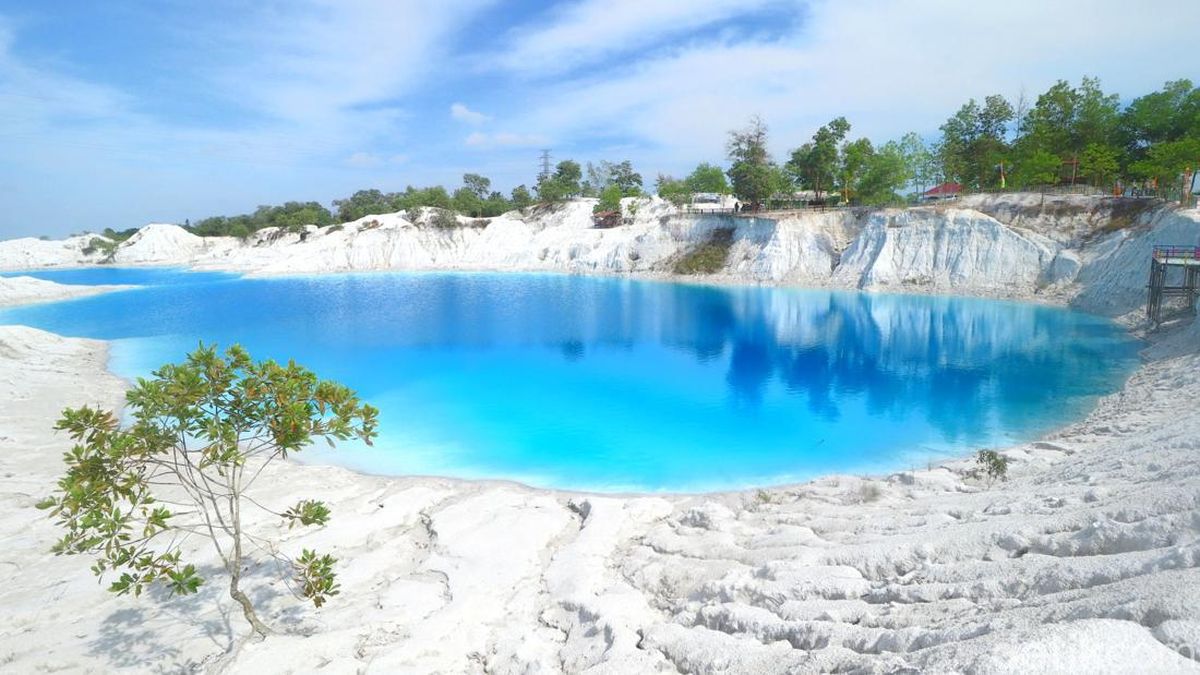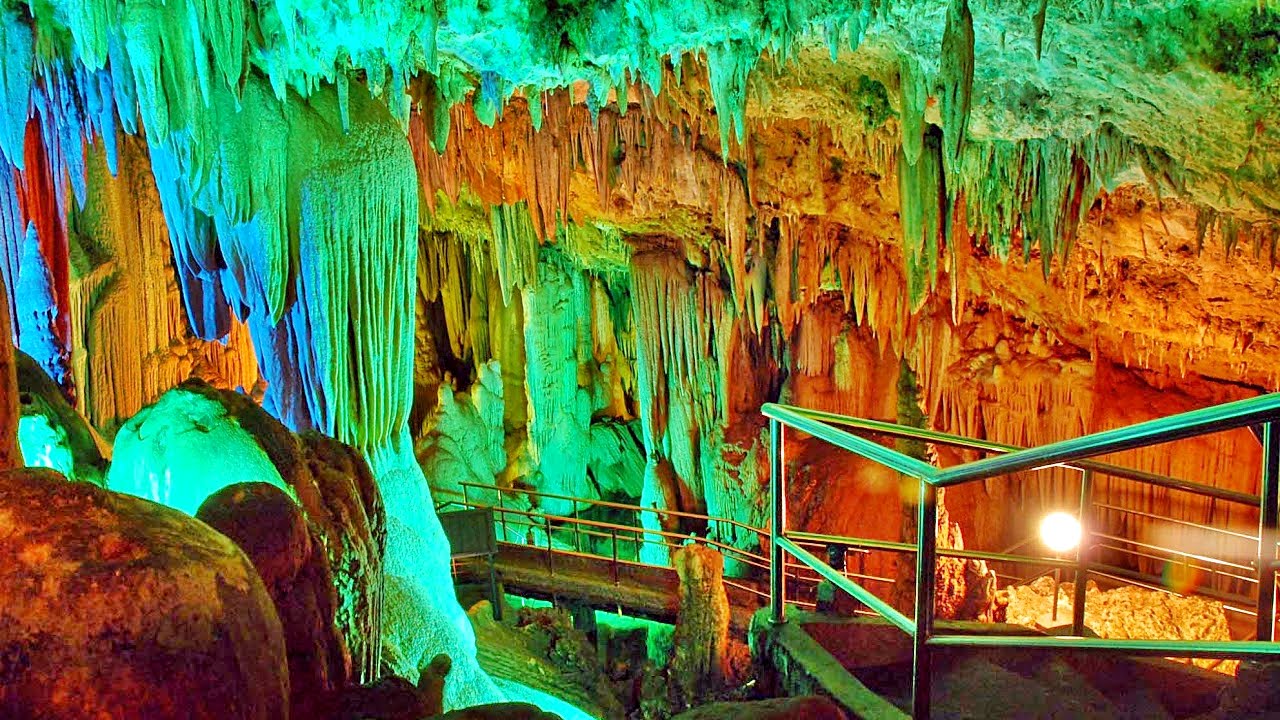
Thailand and Vietnam are two of Southeast Asia’s most popular travel destinations, each offering unique cultural experiences, stunning landscapes, and warm hospitality. However, Thailand seems to have the upper hand when it comes to attracting tourists, drawing in double the number of visitors compared to its Vietnamese counterpart. But what exactly is it that makes Thailand stand out?
Contents
- 1 Factors contributing to Thailand’s popularity
- 2 Unique attractions and experiences in Thailand
- 3 Infrastructure and accessibility in Thailand
- 4 Cultural appeal and diversity in Thailand
- 5 Marketing and promotion of Thailand as a tourist destination
- 6 Challenges faced by Vietnam in attracting tourists
- 7 Comparison of tourist numbers and growth in Thailand and Vietnam
- 8 Steps taken by Vietnam to boost tourism
- 9 The future of tourism in Thailand and Vietnam
- 10 Author
Factors contributing to Thailand’s popularity
Thailand’s popularity as a tourist destination can be attributed to several factors. Firstly, the country has a well-established reputation as a tropical paradise. With its pristine beaches, crystal-clear waters, and picturesque islands, Thailand offers visitors the opportunity to relax and unwind in a truly idyllic setting. The popular islands of Phuket and Krabi, with their stunning coastlines and vibrant nightlife, are particularly enticing to tourists from around the world.
Secondly, Thailand boasts an impressive array of world-class resorts and accommodations. From luxurious beachfront villas to boutique hotels tucked away in the heart of udintogel bustling cities, there is no shortage of options for travelers seeking comfort and relaxation. The warm hospitality and impeccable service provided by the Thai people further enhance the overall experience for tourists, making them feel welcomed and valued throughout their stay.
Lastly, Thailand’s rich cultural heritage is a major draw for tourists. The country’s temples, palaces, and historic sites offer a glimpse into its fascinating past and provide visitors with a unique cultural experience. The bustling streets of Bangkok, with its vibrant markets and ornate temples, are a testament to the country’s vibrant and diverse culture. Additionally, Thai cuisine is renowned worldwide for its bold flavors and unique combinations, further adding to the allure of the destination.
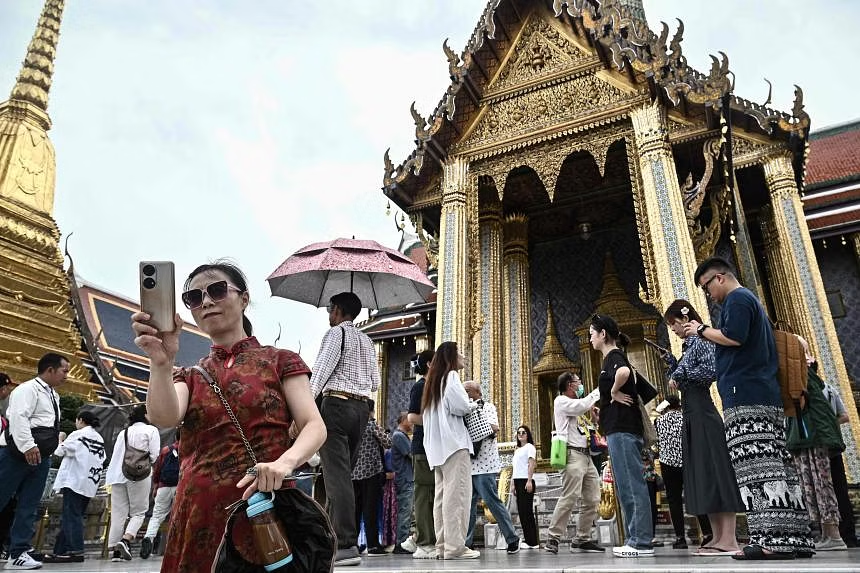
Unique attractions and experiences in Thailand
Thailand offers a wide range of unique attractions and experiences that set it apart from other destinations in the region. One of the most iconic attractions is the Grand Palace in Bangkok, a stunning complex of buildings that serves as the official residence of the Thai king. The intricate architecture and ornate details of the palace are a testament to the country’s rich history and cultural heritage.
Another popular attraction is the ancient city of Ayutthaya, a UNESCO World Heritage site located just a short distance from Bangkok. This historical park is home to numerous temples and ruins that date back to the 14th century, offering visitors a glimpse into Thailand’s past as a powerful and prosperous kingdom.
In addition to its cultural attractions, Thailand is also known for its natural beauty. The country is home to several national parks and protected areas, such as Khao Yai National Park and Doi Inthanon National Park, where visitors can explore lush jungles, cascading waterfalls, and diverse wildlife. The breathtaking landscapes of places like Phang Nga Bay and Railay Beach also attract adventure seekers and nature lovers from around the world.
Infrastructure and accessibility in Thailand
Thailand’s well-developed infrastructure and accessibility are key factors in its ability to attract tourists. The country has a robust transportation system, with modern airports, well-maintained roads, and an extensive network of buses and trains. This makes it easy for tourists to travel between different cities and regions, allowing them to explore the country with ease.
Moreover, Thailand’s international airports, such as Suvarnabhumi Airport in Bangkok and Phuket International Airport, are well-connected to major cities around the world. This makes it convenient for travelers to reach the country and start their holiday without much hassle.
In recent years, Thailand has also made significant investments in its tourism infrastructure. The government has focused on improving tourist facilities, upgrading accommodations, and enhancing the overall visitor experience. This commitment to providing top-notch infrastructure and amenities has further boosted the country’s appeal as a tourist destination.
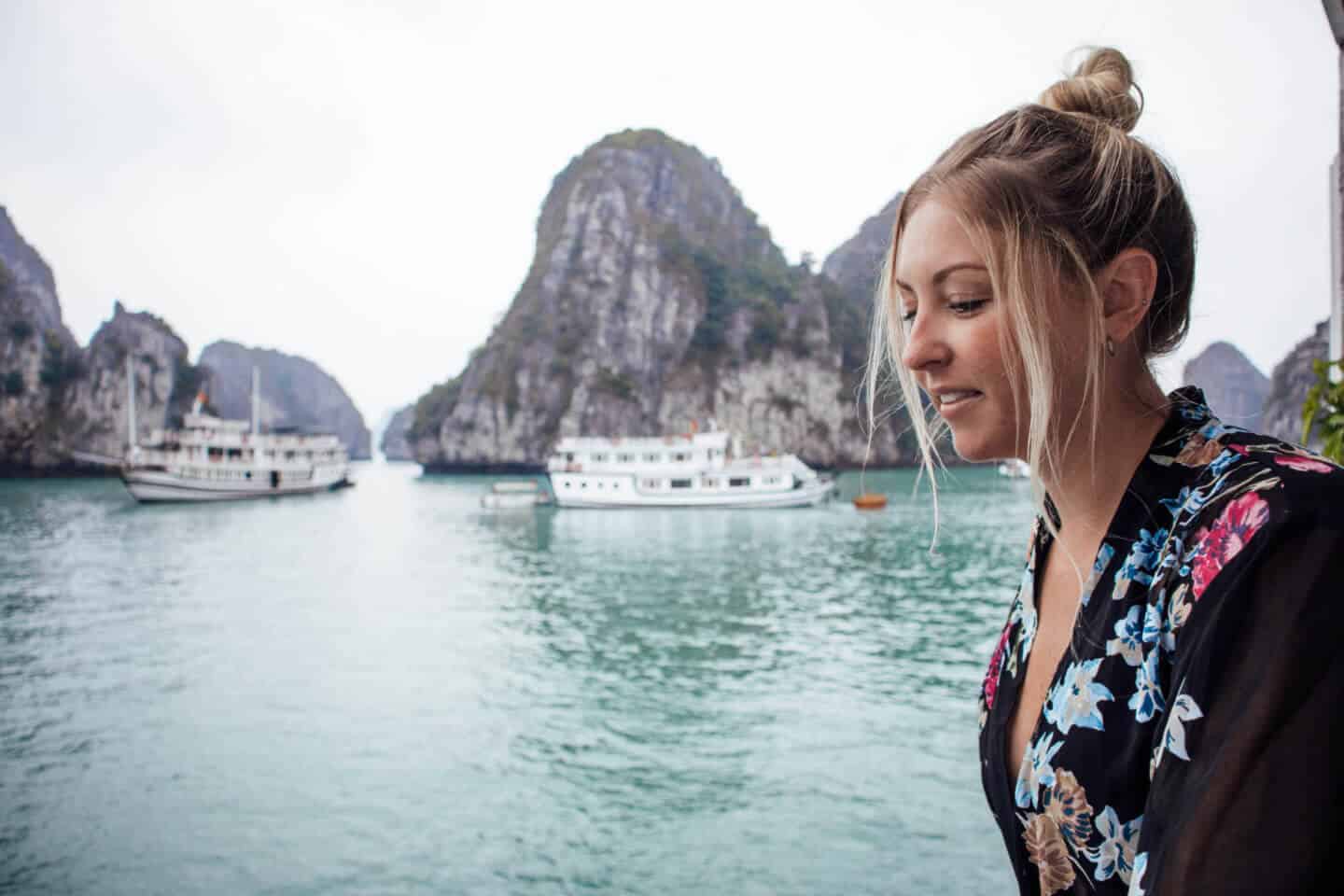
Cultural appeal and diversity in Thailand
Thailand’s cultural appeal and diversity are major draws for tourists. The country is known for its unique blend of traditions, influenced by various ethnic groups and neighboring countries. Visitors have the opportunity to immerse themselves in Thai culture through traditional dance performances, local festivals, and visits to Buddhist temples.
The Thai people’s warm and welcoming nature adds to the cultural experience, making tourists feel at home and allowing them to truly connect with the local community. Whether it’s participating in a Thai cooking class, learning traditional crafts, or joining a meditation retreat, there are countless opportunities for visitors to engage with the culture and gain a deeper understanding of Thai traditions.
Thailand’s cultural diversity is also evident in its regional variations. Each region has its own distinct traditions, cuisines, and dialects, providing visitors with a diverse and enriching experience. From the bustling streets of Bangkok to the laid-back vibes of Chiang Mai and the serene beauty of the southern islands, every part of Thailand offers something unique and memorable.
Marketing and promotion of Thailand as a tourist destination
Thailand’s success in attracting tourists can also be attributed to its effective marketing and promotion strategies. The country has invested heavily in promoting itself as a must-visit destination through various channels, including digital marketing, social media campaigns, and participation in international travel fairs and exhibitions.
The Tourism Authority of Thailand (TAT) plays a crucial role in marketing the country abroad. It works closely with travel agencies, airlines, and other industry partners to create enticing travel packages and campaigns that highlight Thailand’s unique attractions and experiences. The TAT also collaborates with influencers and travel bloggers to showcase the beauty and diversity of the country, leveraging their reach and influence to attract more visitors.
Thailand’s marketing efforts have been successful in positioning the country as a top travel destination. The use of stunning visuals, engaging storytelling, and targeted advertising has helped create a strong brand image for Thailand, enticing travelers to choose it over other destinations in the region.
Challenges faced by Vietnam in attracting tourists
While Vietnam has its own unique attractions and experiences to offer, it faces challenges in promoting itself as a must-visit destination. One of the main challenges is the lack of awareness among potential tourists. Compared to Thailand, Vietnam’s tourism industry is still emerging, and many people may not be familiar with what the country has to offer.
Additionally, Vietnam’s tourism infrastructure is not as well-developed as Thailand’s. Some areas, especially in rural and remote regions, may lack modern facilities and amenities, which can deter tourists seeking comfort and convenience. The country’s transportation system, although improving, may also be less efficient and reliable compared to Thailand’s, making it more difficult for tourists to navigate and explore different parts of Vietnam.
Another challenge Vietnam faces is competition from other destinations in Southeast Asia. Countries like Thailand, Malaysia, and Indonesia have long been established as popular tourist hotspots, and Vietnam must compete with them for a share of the tourism market. This requires Vietnam to differentiate itself and offer unique experiences that set it apart from its competitors.

Comparison of tourist numbers and growth in Thailand and Vietnam
The difference in tourist numbers between Thailand and Vietnam is significant. According to the World Tourism Organization (UNWTO), Thailand welcomed over 39 million international tourists in 2019, whereas Vietnam received around 18 million tourists during the same period. This stark contrast can be attributed to the various factors discussed earlier, including Thailand’s well-established reputation, unique attractions, and effective marketing strategies.
In terms of growth, both countries have experienced an upward trend in tourism in recent years. However, Thailand’s growth rate has been more consistent and robust, with an average annual growth rate of around 7%. Vietnam, on the other hand, has seen a higher growth rate, averaging around 10% annually, indicating the country’s potential to catch up with Thailand in terms of tourist arrivals.
Steps taken by Vietnam to boost tourism
Recognizing the importance of tourism as an economic driver, Vietnam has taken several steps to boost its tourism industry. The government has implemented various initiatives and policies aimed at attracting more visitors and improving the overall tourist experience.
One of the key strategies is the promotion of sustainable tourism. Vietnam is blessed with stunning natural landscapes, from the towering limestone formations of Halong Bay to the lush rice terraces of Sapa. The government has focused on preserving these natural wonders and promoting eco-friendly practices to ensure their long-term sustainability. This approach not only attracts environmentally conscious travelers but also helps preserve Vietnam’s unique ecosystems for future generations.
Vietnam has also been working to enhance its tourism infrastructure and improve accessibility. The government has invested in upgrading airports, roads, and public transportation systems, making it easier for tourists to travel within the country. Efforts have also been made to improve the quality and variety of accommodations, catering to the diverse needs and preferences of travelers.
Furthermore, Vietnam has been actively promoting its unique cultural heritage and traditions. The country’s historical cities, such as Hanoi and Ho Chi Minh City, offer a blend of ancient and modern attractions, giving visitors a glimpse into Vietnam’s rich history and cultural diversity. Local festivals and events are also celebrated and promoted to showcase the vibrant traditions and customs of the Vietnamese people.
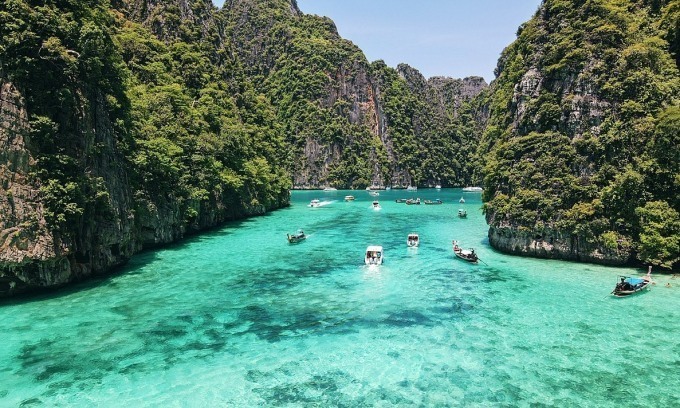
The future of tourism in Thailand and Vietnam
Thailand’s position as a leading tourist destination is unlikely to wane in the near future. The country’s well-established reputation, unique attractions, and effective marketing strategies continue to draw in millions of visitors each year. However, Vietnam’s emerging tourism industry shows great potential, with its natural beauty, cultural heritage, and commitment to sustainable tourism.
As Vietnam continues to invest in its tourism infrastructure and enhance its marketing efforts, it is likely to attract more tourists in the coming years. The country’s unique offerings, including its stunning landscapes, rich history, and warm hospitality, have the potential to captivate travelers from around the world. If you found this exploration of Southeast Asia’s travel treasures engaging, we invite you to delve into another thought-provoking article examining the nuances of leadership and mental health. Explore our piece delving into the complexities surrounding Biden’s Mental Health, offering insights into a topic of paramount importance in today’s discourse.
